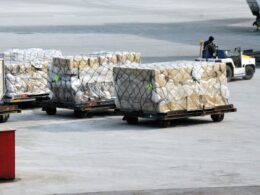In an effort to reduce fuel bills, many companies are installing video cameras in trucks. However, many fleet managers underestimate the operational burden that can follow the purchase of basic fleet tracking devices and in-vehicle ‘dash cams’.
This is because although initial improvements can be made to driver productivity and safety, eventually the volume of data can become overwhelming and the hours of video footage can rapidly build up, preventing any effective and long-lasting ability to review the actions, and alter behaviour.
A recent study by UK fleet comparison service TrackCompare found that:
- A quarter of fleet managers have installed devices to their vehicles in an effort to cut fuel bills
- Only 17% actually found fuel savings to be the biggest improvement
- Surprisingly, almost half of them said that improved productivity was the key benefit.
It would seem that managers have inadvertently ended up with the wrong tools for an important job.
Interestingly, a survey by Shell earlier this year found that two-thirds of UK fleet managers felt that driver behaviour was a key component to reducing fleet fuel consumption.
But in this case, nearly all of the respondents said that they were only able to act on a fraction of the insight they had received due to resource issues.
Unfortunately, they are finding that just installing a camera in the vehicle does not achieve the results they had hoped, and are often seeing minimal long-term impact on their drivers’ productivity and safety track-record.
In order to fully capitalise on the technology that is now available, fleet managers need to make the most of their time and resources without suffering from data overload. They also need to be sure that the data they do analyse is not misleading, which can sometimes be the case when relying on only one form of data collection device.
A managed service, which includes exception-based video, telematics and predictive analytics, can organise and prioritise the information collected, thereby empowering fleet managers to be confident about the decisions they make regarding their fleet. This will also benefit in-house coaches, directing their coaching with more specific information to help drivers become better, safer drivers.
My advice would be to re-evaluate the technology you have and find a partner that you can work with closely, that can support your ambition to make improvements at all levels.













